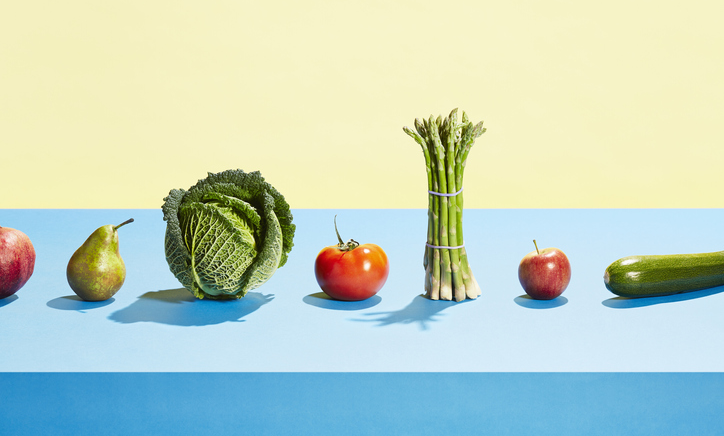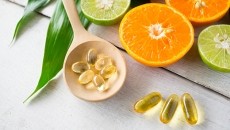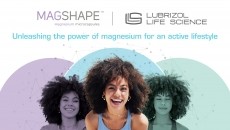Veggies, vitamins, metal elements intake linked to HMOs production – Abbott funded study

In particular, the dietary intake of vitamin B1 and B2 was positively linked with the production of 2′-fucosyllactose (2’-FL) – the most abundant HMO in breast milk.
The findings, published in Nutrients, is said to be the first report to demonstrate the link between dietary intake of vitamins, metal elements, vegetables, and lactose with breastmilk HMO concentrations.
Involving 277 mothers from Tianjin, the researchers collected 383 breast milk samples and conducted food frequency questionnaires with the mothers from the start to the 400th day of postpartum.
The breast milk samples were collected at five different stages.
They are colostrum milk collected zero to five days post-partum, transitory milk collected 10 to 15 days post-partum, mature milk collected 40 to 45 days post-partum, mature milk collected 200 to 240 days post-partum, and mature milk collected 300 to 400 days post-partum.
The correlation between nutrients and HMOs were analysed using a linear mixed-effects model.
2’-FL and 3-FL
The dietary intake of vitamin B1 and B2 were positive predictors for 2’-FL and the sum of 2’FL and 3-fucosyllactose (3-FL) concentration in breast milk.
This finding coincided with a recent study which showed that vitamin intake was positively linked with HMO levels.
“Our results, in accordance with the previous study, both suggest that vitamin supplements might be a positive nutrition factor to enhance milk HMO concentration in lactating mothers,” said the researchers.
On the other hand, vegetables, vitamin A, B3, and C were the positive predictors of 3’-FL in breast milk.
Vegetable consumption was linked to 3-FL concentration possibly due to the high concentrations of vitamins that it contains, the researchers explained.
Including 2’-FL and 3-FL, six different HMOs were detected in the mothers’ milk.
These six HMOs represent 40 per cent of existing HMOs and cover all major types of HMOs, namely fucosylated, sialylated, and acetylated HMOs.
Role of metal elements
Metal elements were positively associated with the sum of all the six HMOs.
However, metal was not a significant predictor of any single HMO in the study.
This suggests that metal may promote a wide range of HMO concentrations and may work through a different mechanism than other nutrients which seem to be associated with individual HMOs.
Milk and cookies
Milk and lactose intake was a positive predictor of the other HMOs such as lacto-N-tetraose and the sum of lacto-N-tetraose and lacto-N-neotetraose.
Interestingly, cookie consumption was the only factor negatively correlated with HMO concentration.
This suggests that “high-sugar and high-fat foods were negatively associated with the HMO concentrations in breast milk,” said the researchers.
In fact, this is the first time that the team has pointed out a negative correlation between high-sugar and high-fat foods with HMOs.
However, the plausible mechanism and possible confounding factors would require further research.
Potential mechanism
The researchers believe that vegetables, vitamins, and metal elements are positively linked to HMO concentrations due to their ability to promote enzyme activities linked with HMOs synthesis. However, further research is required.
The HMOs are biosynthesized by the enzyme glycosyltransferase.
“We hypothesize that in cases where adequate nutrition is present, the activity of glycosyltransferases may be a key factor for enhancing HMO concentration.
“Multiple vitamins serve as coenzymes, such as vitamin B1 and vitamin B2, and metal ions are also essential for enzymatic activity and may incorporate metal ions into the active site or rely on metals for enzyme activation.
“Whether these nutrients affect HMO concentration by enhancing glycosyltransferase activity and characterization of their mechanism of action is of interest for future research.”
Source: Nutrients
Vitamins, Vegetables and Metal Elements Are Positively Associated with Breast Milk Oligosaccharide Composition among Mothers in Tianjin, China
https://doi.org/10.3390/nu14194131
Authors: Li, X.; Mao, Y.; Liu, S.; Wang, J.; Li, X.; Zhao, Y.; Hill, D.R.; Wang, S.











